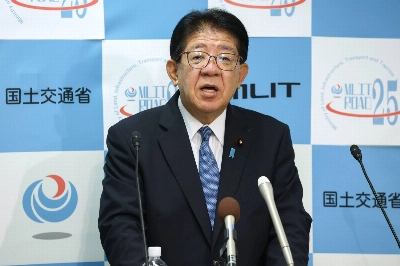It was only about a year ago that scientists discovered where Japanese eels, locally known as unagi, spawn. It turns out to be somewhere near the West Mariana Ridge, not far from Guam. The discovery was important because after hatching unagi fry swim north and are caught at sea in the waters off Japan, China and Taiwan. The fry are then sold to farms where they are raised until they are full-grown eels. However, since the 1970s fry catches have steadily dwindled due to overfishing and climate factors.
The discovery of the hatching grounds, which may help scientists figure out a way of better raising unagi from eggs, couldn't have come too soon. At the moment wholesale prices for unagi are skyrocketing, threatening the livelihoods of many restaurants that specialize in eel cuisine. The owner of three eel restaurants in Tokyo was recently quoted in the Asahi Shimbun as saying that last week the price he paid for one eel increased by ¥300. That's the eighth price increase since the year started. And he buys his unagi from China, which is usually cheaper than domestically raised eel. The wholesale price of Chinese eel has gone up fivefold in the last three years. Right now a kilogram — about five eels — costs him ¥5,800. The cheapest unaju (grilled eel on rice) in his restaurant is now ¥3,000. Though the owner has increased prices accordingly, he's still in the red. He's so desperate, in fact, that he's printed the wholesale price on the menu so that customers understand why they're paying so much all of a sudden, and he's thinking of closing one of his restaurants. Another eel restaurateur in Nihonbashi told the Asahi that he's already had to break into his savings to keep his establishment running. He's reluctant to raise prices because of the current deflationary trend. "If prices go up," he said, "more customers will turn away."

















With your current subscription plan you can comment on stories. However, before writing your first comment, please create a display name in the Profile section of your subscriber account page.